【FOCUS】Fight Against Crime and Create a Harmonious Society
In 1987, the United Nations decided to establish 26 June as International Day Against Drug Abuse and Illicit Trafficking, aiming to raise the awareness of the drug problem around the world and call on the people of the world to cooperate against it. This Saturday will be the thirty-fourth International Day Against Drug Abuse and Illicit Trafficking. It is the common vision of all countries to crack down on crimes and maintain the stability of society. This week's Focus presents five examples of urban innovation in fighting against crimes.
Cape Town, South Africa
Violence Prevention Through Urban Upgrading(VPUU) in Cape Town
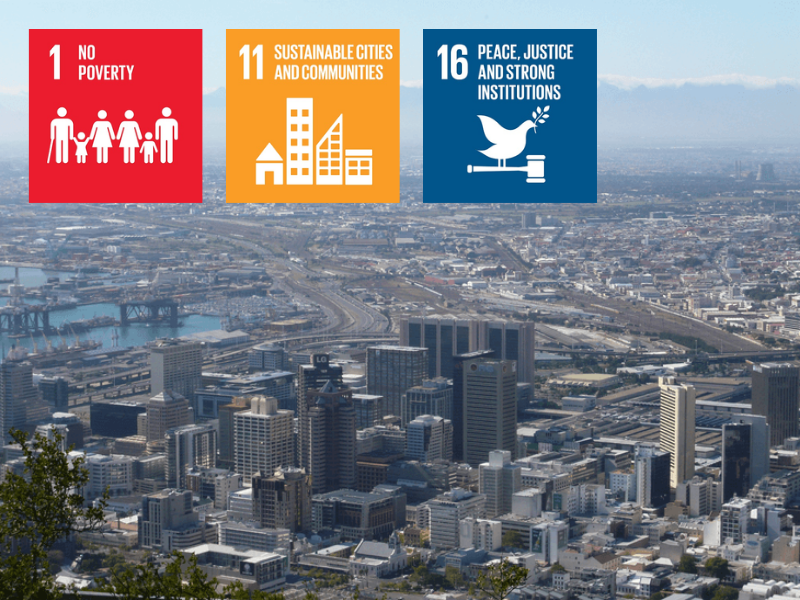
The project aims to improve living conditions for residents through community ‘sub-centers,’ which create employment opportunities, public spaces, and schools. A Social Development Fund upgrades street lighting and sidewalks. Regular organized cultural and social events will contribute to a sense of community and togetherness.
A VPUU satellite center contributes to vibrant street life. The highly participatory project focuses on the design of public buildings and open spaces to reduce crime. Community involvement comes from the Khayelitsha Development Forum and a local ward development forum. Each development measure begins with a community-based situation analysis which sets out residents’ needs.
The project has resulted in a significant decrease in crime. In addition, high-quality design has improved quality of life and income-generating opportunities.
Read more:
https://use.metropolis.org/case-studies/violence-prevention-through-urban-upgrading
Durban, South Africa
Safer Cities Programme
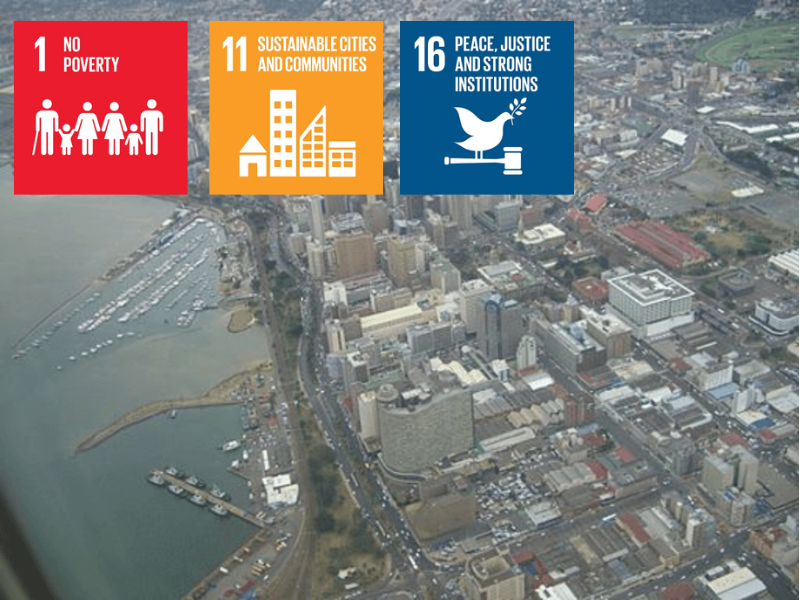
The safer city strategy is an expression of a joint plan of action for local government and its partners, including the provincial and national government, the criminal justice system, business, NGO sectors, and community-based structures. It is firmly located within Durban Integrated Development Plan and Long Term Development Strategy. The plan builds on a shared vision with the intention of creating a critical mass of projects and people, allowing Durban to stem the tide of crime. By making fighting crime a priority, Durban can create a thriving, attractive, clean, safe, and economically successful city.
Read more:
https://use.metropolis.org/case-studies/safer-cities-programme
Monrovia, Liberia
Preparing the Monrovia Slum
Upgrading Initiative
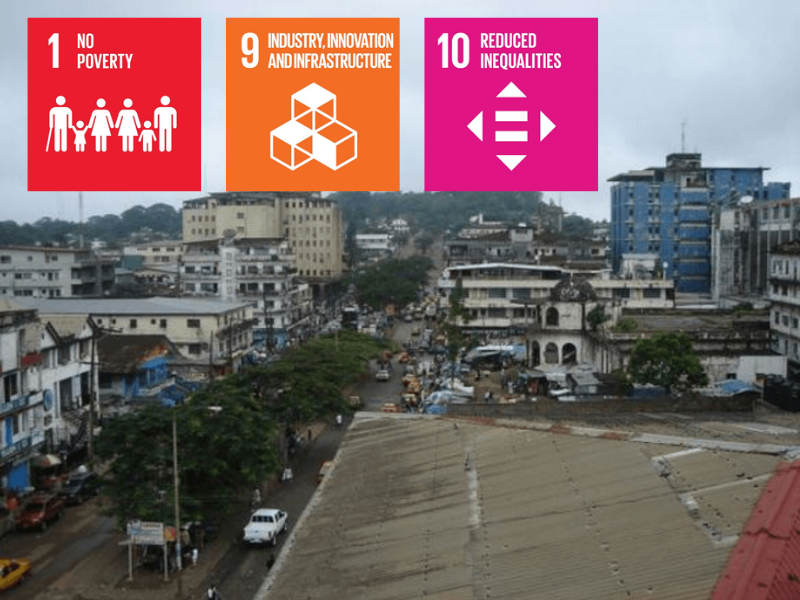
Many residential areas in Monrovia have typical ‘slum’ characteristics: occupants are low-income earners, basic infrastructure is absent, ambiguous or insecure land tenure rights, high population density, poor environmental conditions, poor or very poor building quality, lack of urban culture, high levels of criminality and delinquency, etc. Criminal activities are widespread, and most of such crimes are perpetrated by those living outside their communities. A consolidated strategy for slum upgrading, reflecting Cities Alliance concepts, makes this case worth studying. The fundamental objective should be to lay the groundwork that will facilitate residents involving themselves in constant upgrading over time, with the support of the public authority.
Supported activities created a framework for formulating a coordinated approach to upgrading slum areas in Monrovia. It also initiated a concentrated effort to improve the overall legal and regulatory environment designed to limit the future development of slums.
Read more:
https://use.metropolis.org/case-studies/monrovia-slum-upgrading
Johannesburg, South Africa
eKhaya: an urban regeneration project
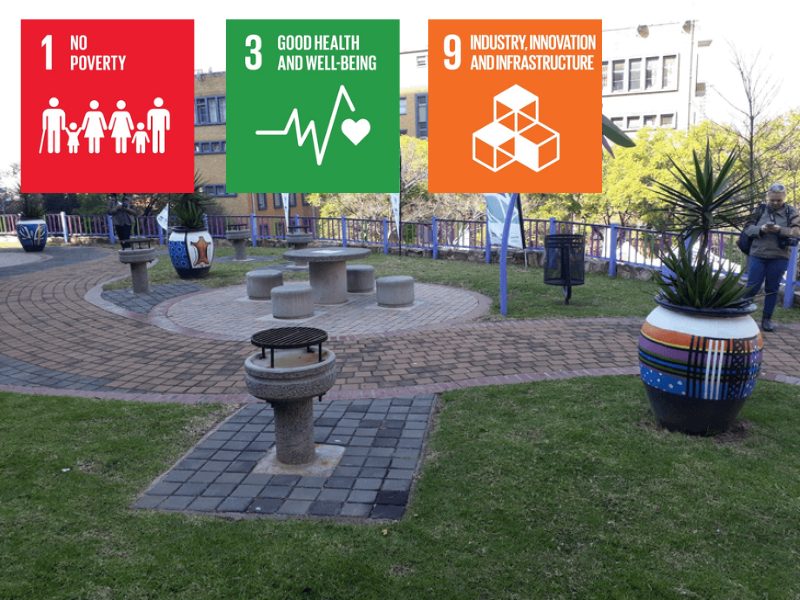
eKhaya is a residential inner-city neighborhood in Hillbrow, a district of Johannesburg. Hillbrow is historically known for high levels of unemployment, poverty, crime, and population density. In 2004 eKhaya was designated as a Residential City Improvement District (RCID). A Neighborhood Improvement Program was implemented with the support of the City of Johannesburg and The Johannesburg Housing Company (JHC), and other stakeholders, including property management companies, property owners, property caretakers and tenants. The project demonstrates a bottom-up, community-led response to urban degeneration that puts emphasis on social capital as an essential element of urban regeneration.
The eKhaya project has helped to achieve the following outcomes:
- regeneration of the physical quality of the neighborhood
- increase in the sense of security and well-being of its residents
- generation of increased private and public investment in the area
- stimulation of social cohesion and positive community involvement
- making the eKhaya neighborhood a positive-place-to-live for tenants
Read more:
https://use.metropolis.org/case-studies/ekhaya--an-urban-regeneration-project
Dhaka, Bangladesh
Community Resilience
through Women in Leadership Roles
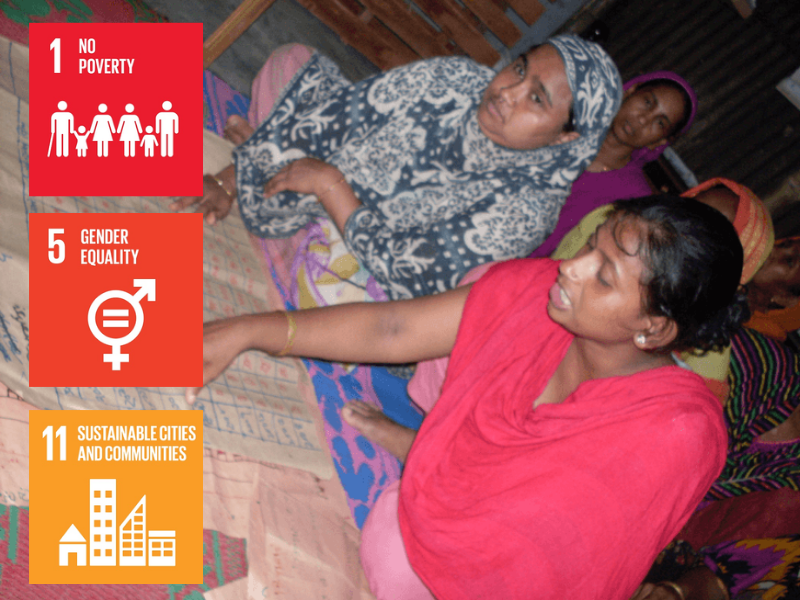
Poor households and the women within slum communities are especially vulnerable as they are responsible for caregiving, and they lack access to and control over resources and services. For example, their ability to increase their daily income, affecting food security, is impeded by concerns of eviction from their homes.
The PDAP initiated an action plan to increase community resilience through Leadership building and disaster risk reduction training to respond to these issues. They implement the plan in the slum of Bhola Bastee in Mirpur, Dhaka (Bangladesh). In twelve months, the action plan has reached 100 women.
Read more:
https://use.metropolis.org/case-studies/community-resilience-through-women-leadership
Visit use: https://use.metropolis.org/


 In Focus | World Cities Day: People-Centred Smart Cities
In Focus | World Cities Day: People-Centred Smart Cities City Stories | Fostering community resilience: A lifeline for the Central African Republic
City Stories | Fostering community resilience: A lifeline for the Central African Republic In Focus | Innovative Education, Empowering Futures
In Focus | Innovative Education, Empowering Futures




















 Tel: +86 020 3780 4434
Tel: +86 020 3780 4434 Email: info@guangzhouaward.org
Email: info@guangzhouaward.org Adress: Unit 01-7, 28th Floor, No. 7, Chunrong 3rd Road, Tianhe District, Guangzhou, Guangdong, 510000, PRC
Adress: Unit 01-7, 28th Floor, No. 7, Chunrong 3rd Road, Tianhe District, Guangzhou, Guangdong, 510000, PRC




